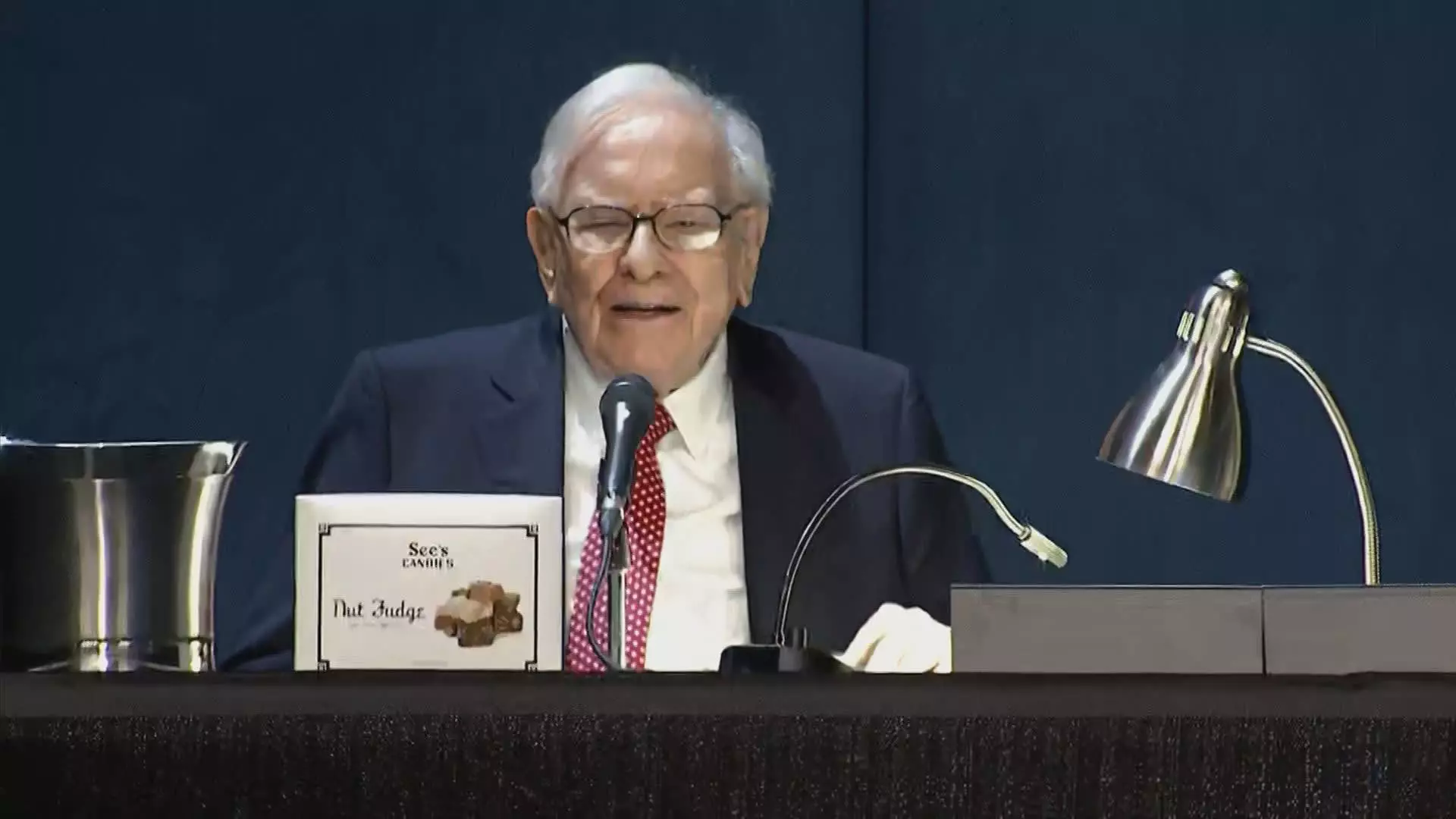Warren Buffett’s investment strategy often captures the public’s attention, not just for its implications on stock prices, but also for insights into market sentiment. Recently, Buffett’s company, Berkshire Hathaway, has taken steps that have sent ripples through the financial sector. The conglomerate’s divestiture of a significant portion of its shares in Bank of America (BofA) has raised questions about the future trajectory of this investment and illustrates a broader trend in Buffett’s conservative market approach, particularly in the face of shifting economic conditions.
As of late, Berkshire Hathaway has reduced its stake in Bank of America to 11%, selling over 174.7 million shares valued at over $7 billion since mid-July. The latest round of sales included 5.8 million shares, netting nearly $228.7 million at an average price of $39.45 per share. This move not only reflects a strategic recalibration but also showcases the influence of broader market trends on Buffett’s investment decisions.
The Impact of Market Conditions
Buffett’s decision to liquidate a substantial part of his holdings appears to be informed by various economic factors. The stock price of BofA has fluctuated but maintains a 16.7% increase for the year, slightly outpacing the S&P 500. These numbers may suggest strong operational performance, yet the continued selling raises eyebrows. It prompts an analysis of market confidence and whether BofA’s current stock valuation truly reflects its long-term potential. The timing of these sales is critical; they coincide with periods of economic uncertainty, indicating Buffett’s cautious approach to a banking sector still grappling with the repercussions of the 2008 financial crisis.
As BofA’s stock dips have been modest, signaling resilience, the implications of these sales can be confusing. The cautiousness exhibited by Berkshire Hathaway could signal an intention to reallocate resources or mitigate risk, but it may also imply a guiding philosophy of securing profits amidst unpredictability. There comes a strategic question for investors: Is Berkshire’s action merely profit-taking or indicative of a forecasted downturn in BofA’s fortunes?
Buffett’s historical investing practices further illustrate his adaptability in the face of market uncertainty. His substantial $5 billion investment in BofA preferred stock and warrants in 2011 during the financial crisis was a pivotal moment. This gamble not only upheld market confidence during a challenging period for the bank but also solidified Berkshire as a significant stakeholder. Fast forward to 2017 when Buffett converted those warrants, solidifying his foothold as the largest shareholder.
BofA’s CEO Brian Moynihan acknowledged Buffett’s previous investment as one of keen insight, reinforcing the notion that Buffett has weathered various market storms and emerged with significant profits. However, this newfound strategy of scaling back on shares hints at a more defensive posture and underscores the importance of reevaluating investments based on current market evaluations. Investors, particularly those looking to emulate Buffett’s approach, should heed this lesson: the market requires ongoing assessment and not just reliance on past victories.
As the financial landscape continues to evolve, the implications of Berkshire Hathaway’s decreasing stake in BofA will undoubtedly affect investor sentiment. The question now is whether BofA can capture renewed enthusiasm and engagement from its shareholders and potential buyers. While Moynihan stated confidence in the market’s ability to absorb the additional shares and maintain stability, the performance of BofA in the upcoming quarters will be critical.
Buffett’s willingness to exit, albeit partially, points to an evolving narrative about risk management and financial prudence in the banking sector. Investors must remain vigilant and insightful, using such strategic shifts as learning experiences. While Bank of America has weathered significant volatility, the onus is on its management and market performance to paint a robust picture for future investors.
Buffett’s recent transactions signal not just personal profits, but also a reflective shift in strategies potentially adaptable to future investment landscapes. Investors would do well to analyze not only the financial figures but also the broader implications of such moves, both in understanding current market health and in informing future actions within their own portfolios.

